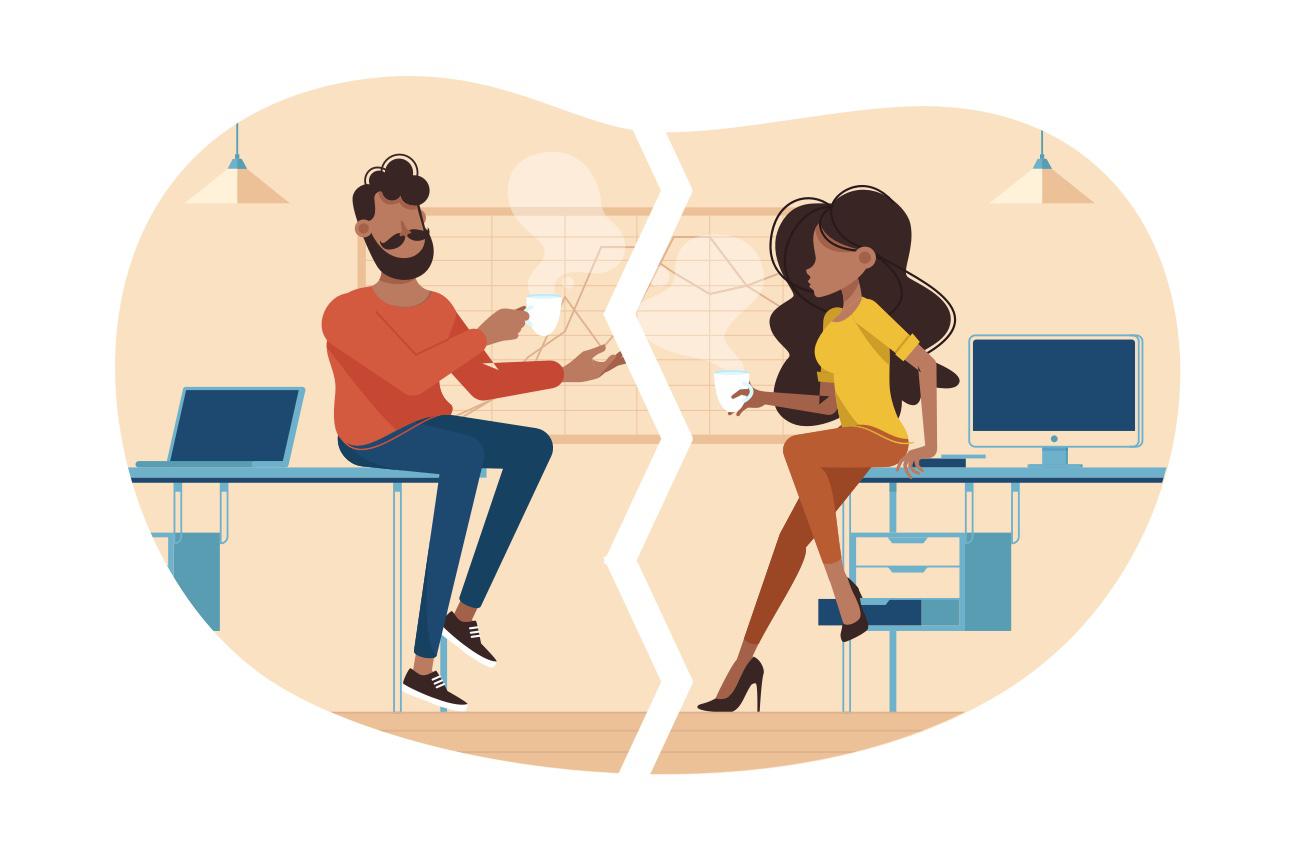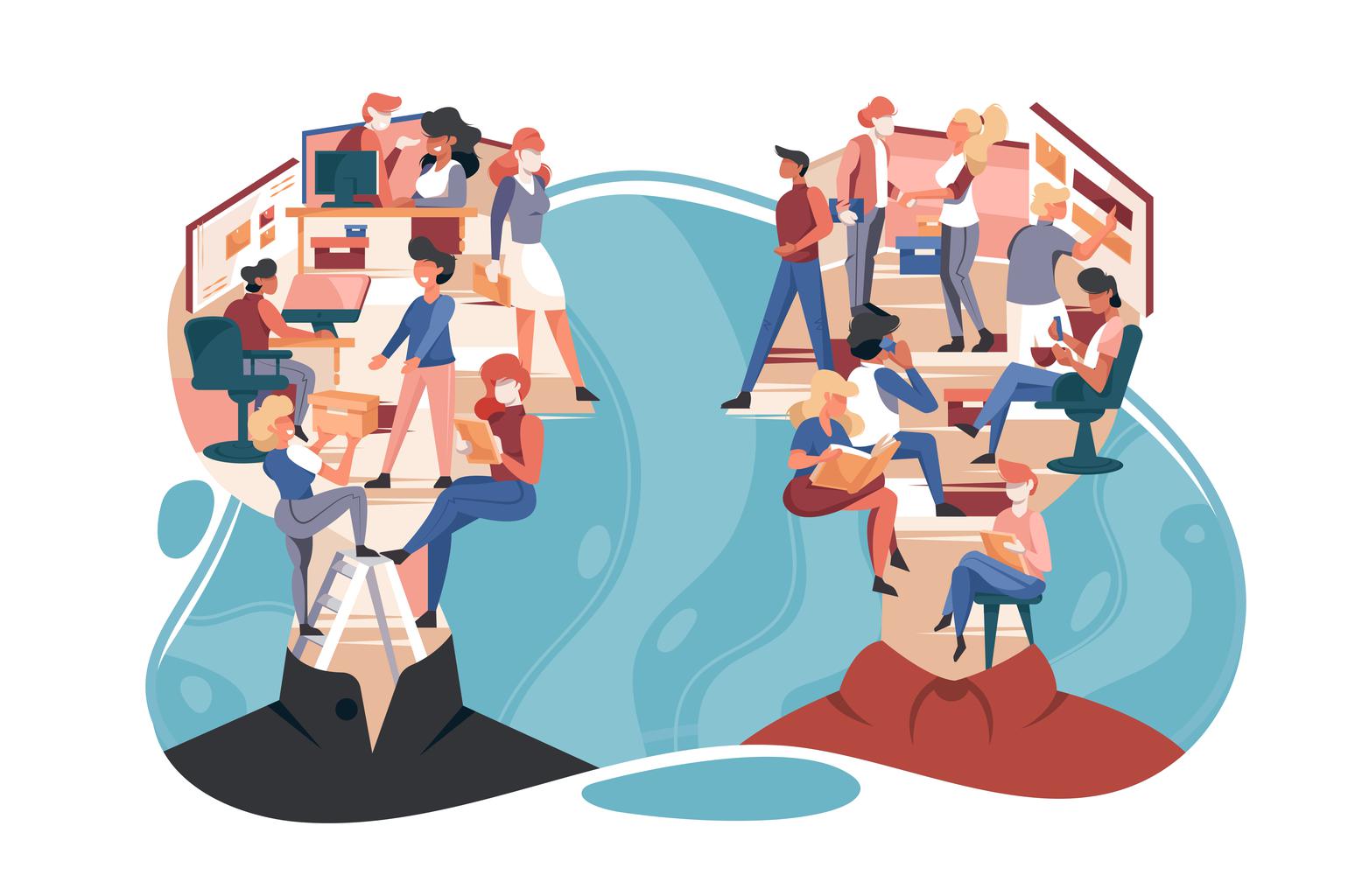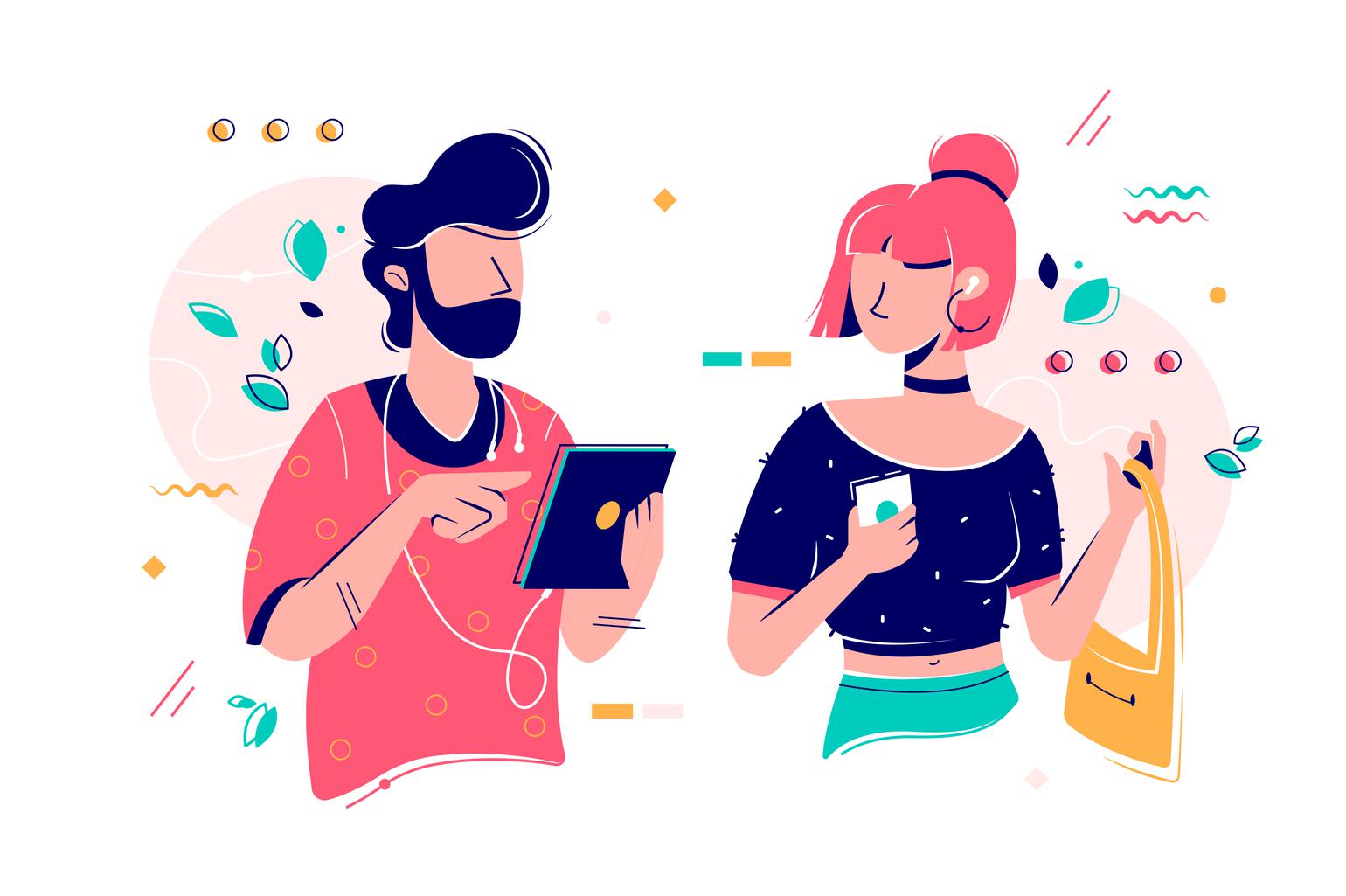Running a regular interview podcast is hard. Finding guests is tricky enough without having to wrestle with calendars. Use this method to interview guests on their schedule, when they’re most comfortable.

Booking podcast guests is still a hassle
Even with tools like Calendly, booking a guest still takes a lot of back-and-forth. Tools like Zoom and SquadCast make remote recording easier, but you still can’t guarantee good sound quality.
These time-sucks make it harder to sustain a podcast. And if you bag a big name, you might only get one shot at getting a great interview.

Record your interviews offline (or “asynchronously”)
Lots of people find talking on the phone difficult. Having to come up with an immediate answer to someone’s question can put pressure on a speaker. Some find it far easier to read from a script than to talk on-the-fly. That’s why this style of interview can be so effective.
A normal interview means both people have to be on the call at the same time. You ask a question, and the person responds. Unless you’ve given them an exact list of questions, they might not have thoroughly-prepared answers.
An offline or async interview works differently. Here, you send all the questions in advance, and your guest records their answers at their leisure. This often leads to longer answers that can be more thorough. Plus, if the guest is more comfortable, they’re less likely to stumble and you’ll have fewer umms and uhhs to edit out.

How to record an offline interview
There are two ways you can do this. Either write a set of questions ahead of time, or record each question, wait for a response, then ask a followup. The first method is much easier, so let’s focus on that.
This technique works best when you know what you want to tease out of your guest. A great example is an author who’s written a book on your topic. Assuming you’ve read the book, you might have a few questions you and your listeners would want to know. Write those questions down and send them to your guest. Ask them to record each answer on their phone as a voice memo, then email you the files.
Once you’ve got all the answers back, you can record your side of the conversation. Depending on the answers you get, you might be able to tweak your questions a little. For example, let’s imagine you asked about your guest’s favourite book. They didn’t have a favourite book, but they did have a favourite film. So they started off with that explanation, and then talked about the film they love. You’ll sound like a pro if you change your question to “What’s your favourite film?” and cut out their first bit.
Don’t overdo this, as you never want to change the nature of the conversation you’ve had with your guest. But do take advantage of the method so you both sound on-point.

More voices means more texture
Lucy Clayton has mastered this method, bringing listeners closer to relevant authors in her niche. Her offline interviews on Dress: Fancy add colour to longer episodes, and make for great mini episodes too.
Anna Kolak of The Naked Art of Living gathered half-a-dozen stories from people around the world. This gave her first episode more texture, lending it a documentary feel.
If you’re planning a run of episodes on a theme, you can ask the same questions to lots of people, and weave in their responses. Mindful Conversations took that approach with their twelve episode series.

It takes a little extra planning
This works best for people who aren’t comfortable being interviewed, or who don’t have the time. It doesn’t work for everyone, and it may result in shorter episodes, as you’re likely to ask fewer questions. Somewhere between 5 and 10 is good, depending on the length of their answers.
Since we’ve asked everything in advance, the interview will be less spontaneous. If that’s an issue, try asking a question and then following up once you’ve had a reply. That will take much longer and it doesn’t give them an idea of when the interview is going to end. That’s why asking your questions in advance works best, even if it feels less off-the-cuff.
Although it might cause less hassle, this process can take longer than an online interview. Make sure to prep your questions and get recordings well in advance of your release date.

Give it a try for your next episode
As you’ve seen, async interviews can be a fun way of adding texture to an existing episode. You can also weave lots of voices together to create a richer, longer episode.
This is a one-to-many system, so there’s nothing stopping you asking the same questions to 5, 10, or 20 people. Your only limit is how much time you can spend organising all your responses!
Check out our example
Here’s an example from the Ear Brain Heart podcast. Months ago I sent podcasting luminary Evo Terra a bunch of random questions about life and podcasting. He recorded his answers in a single file, reading each question before answering.
This episode explains a little about the format, then you’ll get to hear how an async interview sounds. Can you tell that we recorded the questions and answers half a year apart?

Add your response